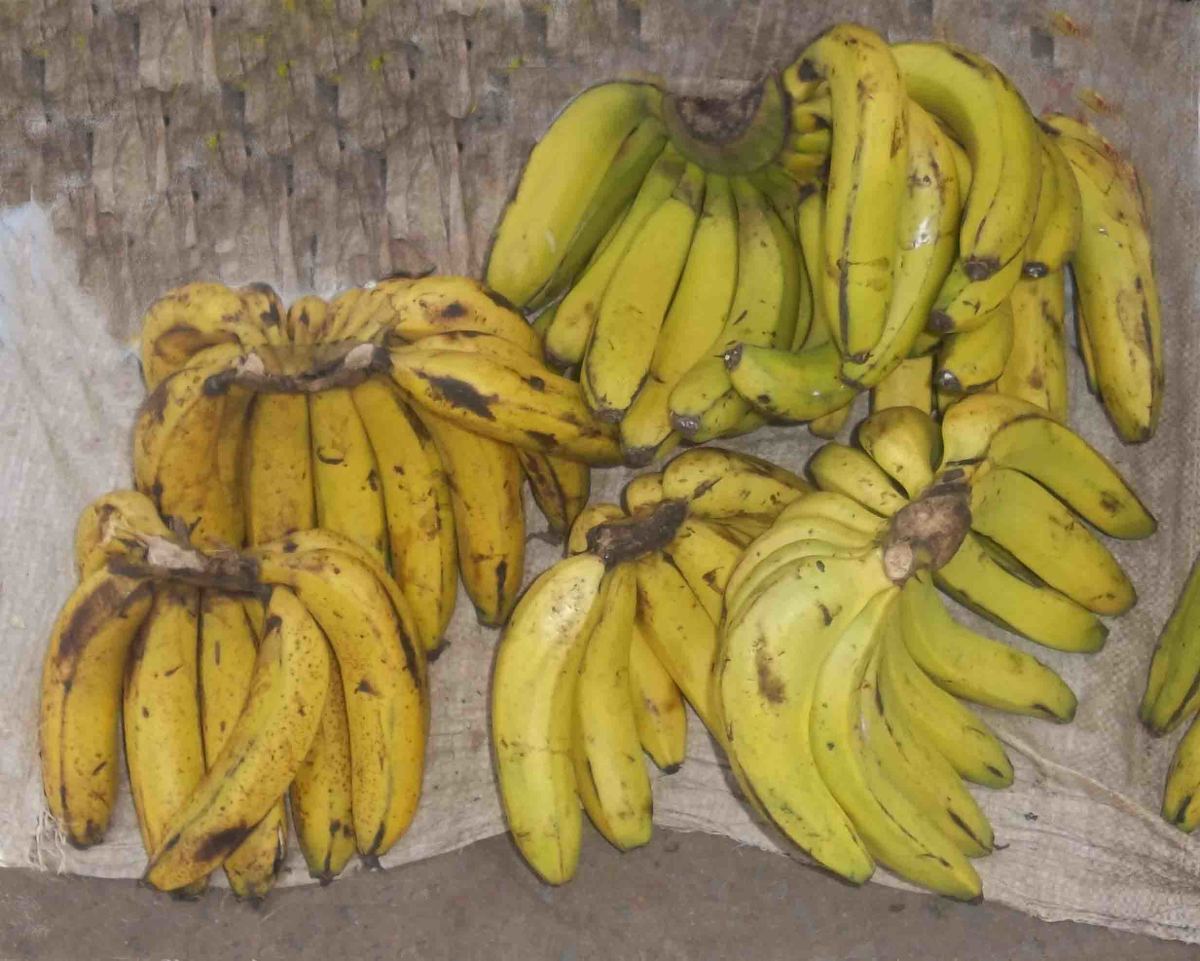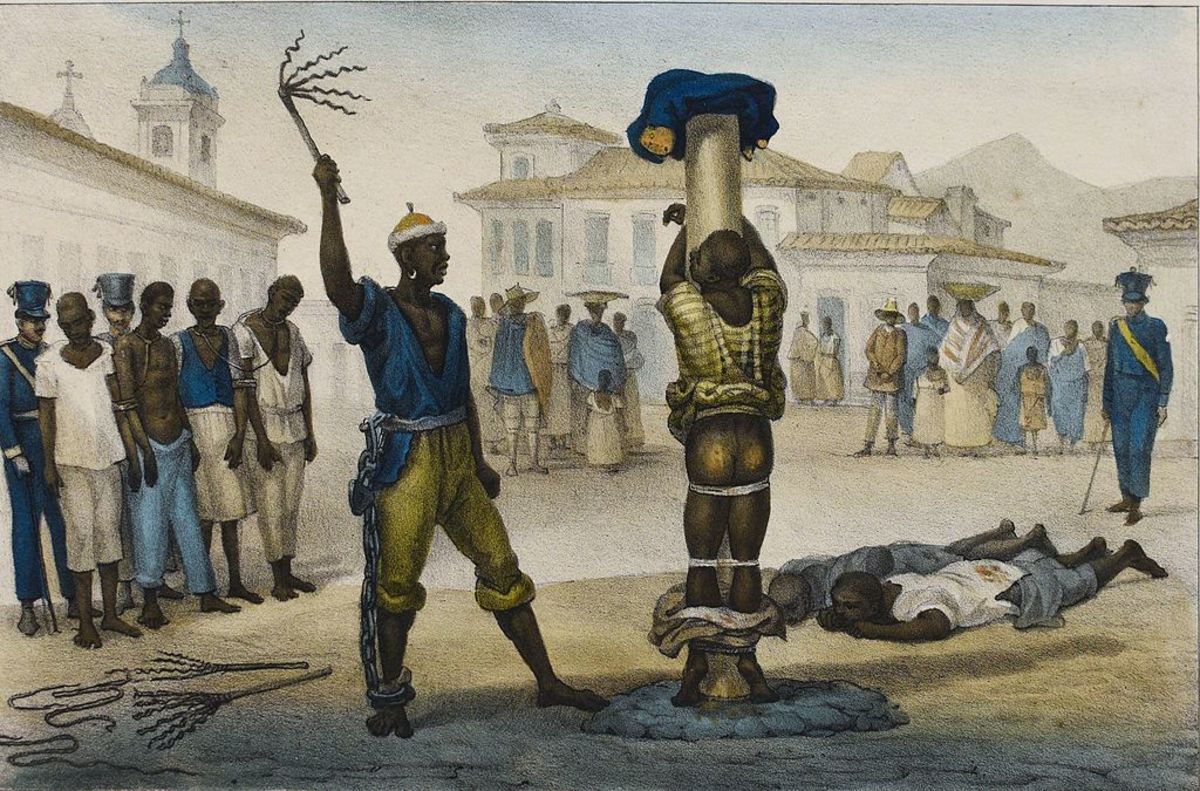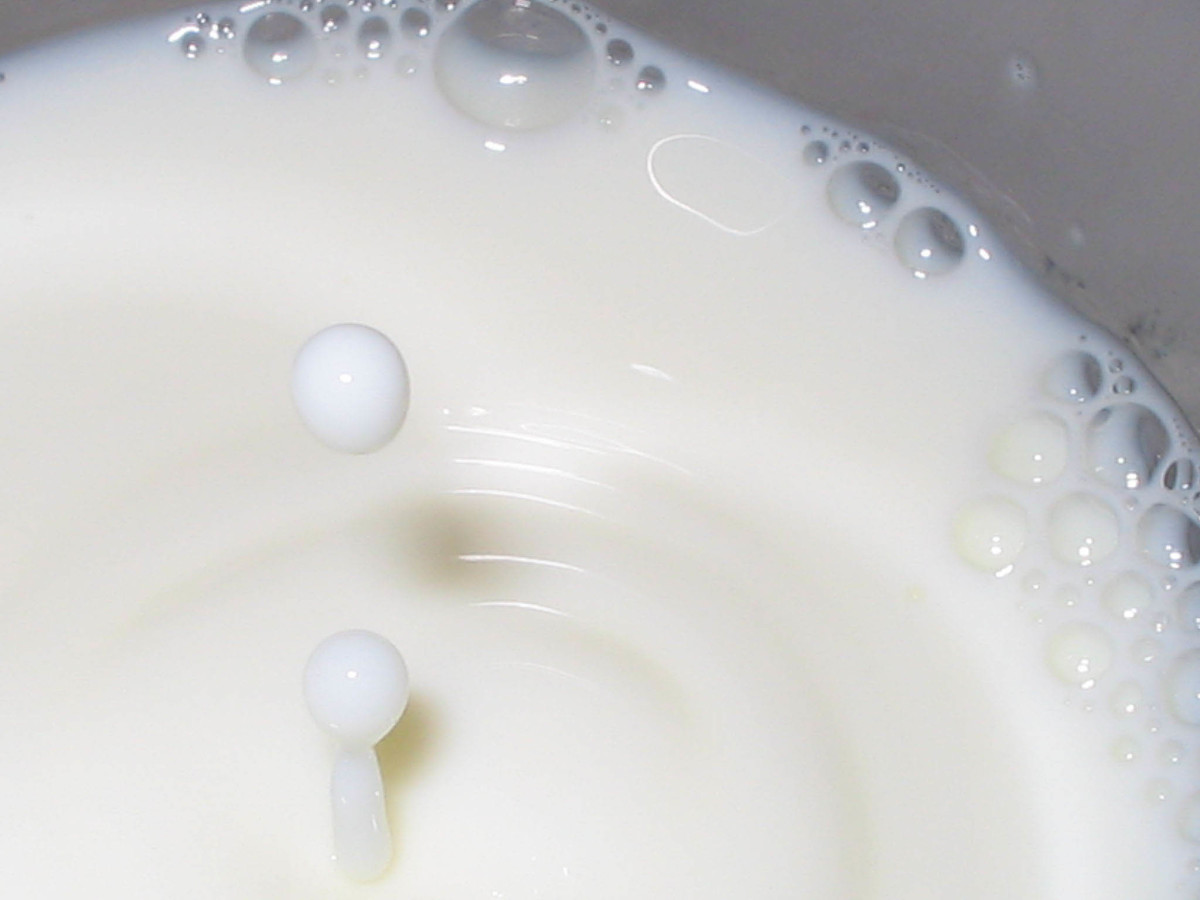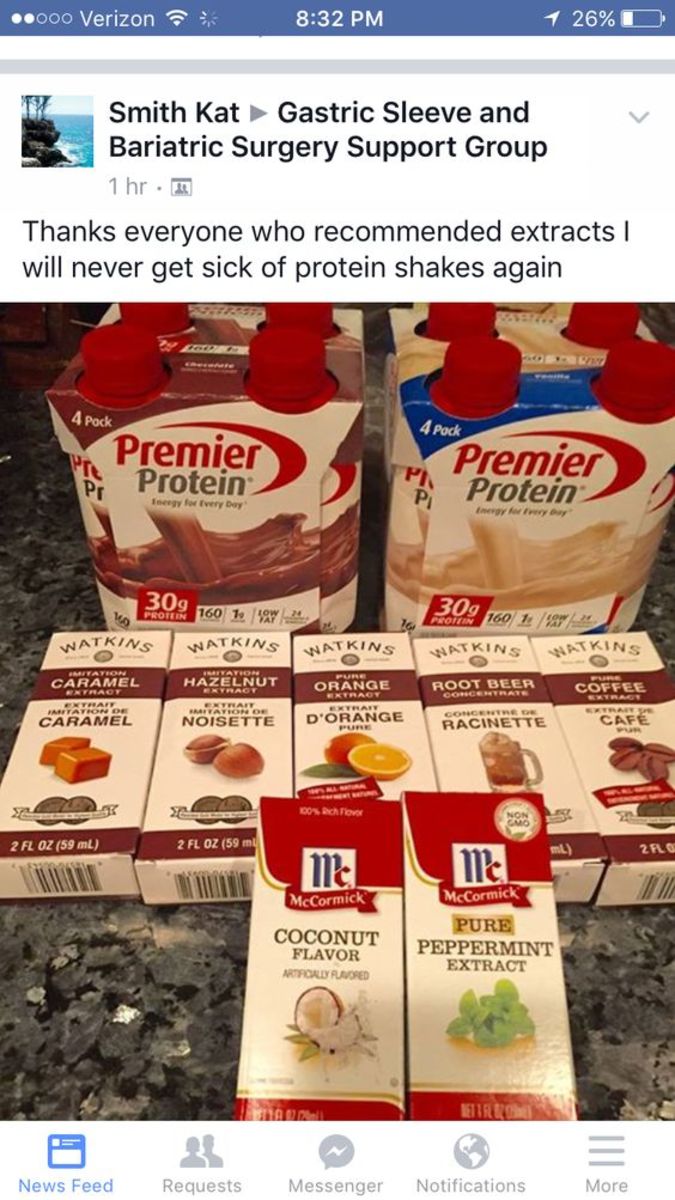About Peaches
Peaches Are a Popular Fruit
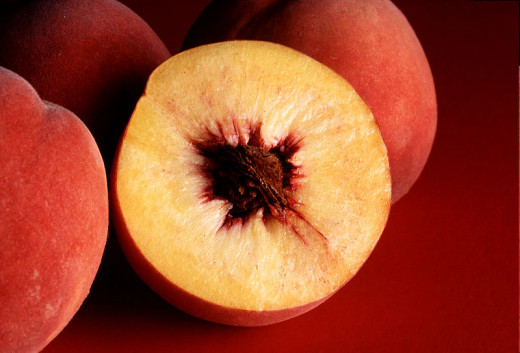
Peaches Around the World
There may be over 4,000 varieties of peaches throughout the world in round, and even flat shaped fruit. According to the Wall Street Journal, the “best peach on earth” is in a little town 90 minutes from Shanghai, China. Apparently, they are so juicy, they need to be eaten over a sink to avoid the peach juice from getting all over the place. Asia has a penchant for growing some of the best tasting fruits in the world including, pears, mangoes, and bananas.
China grows several types of peaches, but it is the honey peach that is exceedingly tasty, juicy, and sweet. The honey peach is a big, soft, and tasty peach grown in Shanghai. It has greenish white tender skin. The Chinese eat these peaches by removing the skin first. In the U.S., we rarely get to taste Asian fruit because the cost of transporting and treating the fruits makes it prohibitably expensive.
A Peachy Kind of a Quiz
view quiz statisticsWhere Did Peaches Come From?
Peaches originated in China and are a relative of the apple. Peach fossil stones were found in China during archaeological excavations tracing the cultivation back to at least 1000 BC. Peaches have been a source of food since possibly as early as 4000 BC.
The peach has a long and important part of Chinese storytelling and as part of their history. Many Chinese stories use peaches as a symbol of long life, immortality, and unity. The peach tree is symbolic as the tree of life. Chinese brides carry peach blossoms. Chinese writings mention peaches as long ago as the 1100 BC.
Peach seeds were brought to Iran, Persia and India around 500 BC. Peaches was grown in Greece by 300 BC. Alexander the Great discovered the peaches in Persia and brought them back to Greece. He mentions over 6 types of peaches. By 100 BC, the people of the Roman Empire were eating peaches and growing them as far west as Spain, and North Africa, and as far north as England. The Romans called a peach, the Persian Apple. Around 800 A.D., the rest of Africa was growing and enjoying peaches.
When the Portuguese soldiers conquered South America from the Incas and the Aztecs, they brought peaches with them.
Every nation seems to claim bring peaches to America. Columbus brought them on his 2nd and 3rd voyages to the New World. In the1600’s Spanish settlers brought peaches to Florida.
It is thought, the French brought peaches to Louisiana. The English brought peaches to the early American colonies.
China is still the largest grower of peaches in the world, with Italy next. Italy is the main supplier of peaches throughout Europe. California supplies more than half of the peaches to the U.S., growing more than 175 different varieties of peaches, just from that state alone.
Did You Know There is Such a Thing as Flat Peaches?
-
The peach is the official state fruit of Georgia. Although more peaches are grown in California and South Carolina, Georgia got its name because of the hardiness of the type of peaches the state has grown after the Civil War.
It was the Franciscan Monks who first introduced peaches to Georgia in 1571.
There are 2 types of peaches - clingstone and freestone.
The flesh in Clingstone peaches sticks to the pit. The flesh in freestone separates from the pit.
The Asian peaches are sweeter and less acidic with a white skin. The Europeans and Americans grow the yellow skinned peaches which has a higher acid content.
Although peaches are mostly known to be round with an end that is pointed, peaches can also be flat and disc shaped. The donut peach is flat with rounded sides and indented toward the center. The pit can be pushed out without cutting the peach, leaving a doughnut-like fruit. It is related to the flat Chinese peach.
Peach Cobbler Recipe
Peach Smoothie
Peaches Can Be Made Many Different Way
Peaches Can Be:
• Baked – Peach cakes, peach cobbler, and peach pastries
• Pureed – make peach chutney, peach salsa and peach sauces.
• Poached – Peaches can be poached in sugar syrup to make a variety of desserts.
• Sliced – Use for salads and desserts
• Boiled – cut the peaches and boil to make jams and marmalades.
• Canned – Canned peaches are a long time popular food
Nutritive Value of Peaches
• Peaches are enriched with Vitamin A and help in preventing cancer of glands having epithelial tissues.
• Peaches have a high dietary fiber.Water content in peaches is almost 80% and contains high dietary fiber.
• Eating peaches regularly is good for the digestive tract.
• Peaches are a great antioxidant.
• Peache recipes are known to be beneficial for the people suffering from several ailments, such as asthma, high blood pressure, bronchitis, and constipation. .
Grilled Peaches
Peach Muffins Recipe
How to Pick Peaches
Buying and Storing of Peaches
The following points should be kept in mind.
• Fruit should look fresh and has fruity aroma.
• While buying peaches, press the flesh gently, if it yields a bit than buy it, but don't squeeze too hard, you can bruise the fruit
• Never buy extra mushy or extra firm fruit.
• Peaches with cuts and bruises should not be purchased.
• Under ripe and hard green peaches are not recommended to buy
Storing of Peaches
• Under ripe peaches can be kept in a paper bag along with an apple at room temperature.
• Ripe peaches should be consumed as and when bought they can be stored in refrigerator for not more than five days.
• Prepared and leftover peach dishes are best placed in the refrigerator for 2-3 days.
How to Pick a Peach from a Tree
A peach is softer than apples and most other fruits., Pick a peach using the sides of your fingers rather than the tips. If you use the tips of your finger to hold the peach, then you will put little dents in the peach. Using the sides of your fingers is more gentle and less likely to cause bruising. Grab the peach firmly and pull it straight off the branch.
Peachy Ideas
How to Know if a Peach is Ripe
How can I tell if a peach is ripe?
When shopping for peaches, choose fragrant fruits which are unblemished and not overly firm. Because fresh peaches are highly perishable, don't buy more than you plan to use. Even when unripe, they spoil easily. Peaches that are greenish colored were probably picked too early should be avoided. Sweetness does not increase after picking, so ripe-picked fruit is always the tastiest.
As a peach ripens, the part facing the sun gets a reddish blush and the part not exposed to sun (ground color) turns from green to yellow. The best way to tell if a peach is ripe is by looking for a yellow ground color. Some varieties will have a slight green color to the background even when it is ready to pick. The peach will also have medium-soft flesh and will smell like a peach.
A peach will become round as it becomes ripe. An experienced picker can tell if a peach is ready by touch alone.
Peaches on a Peach Tree
Peaches on a peach tree do not all ripen at the same time.
Usually, fruits on the outside and top of a tree will ripen 5 to 10 days before the fruits in the middle and inside part of the tree. Also, different varieties of peaches ripen at different times. Early-ripening varieties may ripen weeks ahead of other varieties.
A Peach Opinion Poll
Do You Like Peaches?
Peachy Tips
Peaches will peel more easily if blanched for a minute in boiling water then plunged in cold water for a minute to stop the effect of the heat. Peaches discolor quickly when exposed to the air, so should be sprinkled with lemon or lime juice, or a fruit "keeper" if not eaten or cooked immediately.As a peach ripens, the part facing the sun gets a reddish blush and the part not exposed to sun (ground color) turns from green to yellow. The best way to tell if a peach is ripe is by looking for a yellow ground color. Some varieties will have a slight green color to the background even when it is ready to pick. The peach will also have medium-soft flesh and will smell like a peach.
The Bare Truth About Peaches and Nectarines
The peach and the nectarine are so closely related, that there is only one gene that separates the two fruits to make the distinct.
The nectarine is a mutation of a fuzzy peach (glaucous from pubescence) Peaches have the dominant fuzz producing gene. The nectarine has the recessive, fuzzless gene. The nectarine is generally sweeter, redder, and smaller than the peach, but that is due more to the choices grower’s picked when they grew their nectarines. There is very little genetic difference between the two fruits.
-
Peaches contain vitamins A, B and C. A medium sized peach is only 37 calories.
-
To ripen peaches - put them in a brown paper bag for about 2 to 3 days. Sliced, fresh peaches can be tossed in lemon or lime juice so they don’t turn brown.
-
Nectarines are a variety of peach only with a smooth skin. They are not a cross between a peach and a plum.
-
Peach juice makes a good moisturizer. It is found in cosmetics.
-
Never eat the inside of a peach pit, it contains hydrocyanic acid, a poisonous substance.
-
Peaches, plums, and apricots are part of the rose family (rosaceae). It is in the Drupe classification of fruits (fruits with a hard stone)
Peachy Sayings
There are many sayings with the word peach, - all with positive connotations.
- Just Peachy
- Pretty as a Peach
- Peachy Keen
- Peaches and Cream complexion
- You are a Real Peach (originally comes from the idea of giving a peach to a friend you liked.
More Articles by ToKnowInfo
- Hair Dyes - The Health Concerns of Coloring Your Hai...
Approximately ⅓ of females over the age of 18 years old, and 10% of men over 40 years old color their hair. Hair dyes are categorized into permanent, (which makes up 80% of the products on the market), semipermanent, and temporary. Hair dyes... - Economical Super Bowl Recipes for a Money Saving and...
Game time and the food is on! On Super Bowl Sunday people consume more calories and more food than almost any other day besides Thanksgiving. Super Bowl Sunday is becoming un officially known as National... - Foodisms: Smart Info About a Smart Food - Avocados
The use of avocados can be found in evidence dating back to approximately 10,000 years ago. The Aztecs called this food ahuacati which means testicle because of its shape, and the belief that it offered sexual prowess, Avocados were thought to be...



